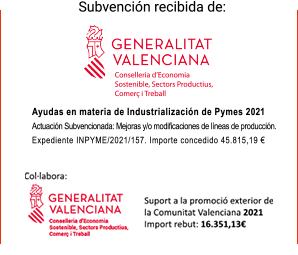¿Necesitas un lijado de precisión sin dañar superficies delicadas? Descubre las ventajas del disco de espuma estándar...
}A good sanding and optimal surface preparation are not enough to achieve a good finish on a varnished piece, but we avoid dust particles are present during the painting process.
For this reason, we must ensure that the air in the painting booths is properly filtered and avoids additional costs, time and money, as a consequence of having to reprocess the defective painted parts.
Dust is the main pollutant that occurs in the form of particles of different sizes. Depending on their size: large, medium or fine particles we must make use of some filtration systems or others.
The European standard EN779: 2012 classifies filters, for ventilation in general, into different groups depending on the size of the particles to be filtered:
Classes G1, G2, G3 and G4 for the group of large particles
Classes M5 and M6 for the group of medium particles
Classes F7, F8 and F9 for the group of fine particles
During the work in the paint booth we encountered two different ventilation processes:
The filtration of the aspirated air.
The collection of the spray residues and the extraction of the circulating air.
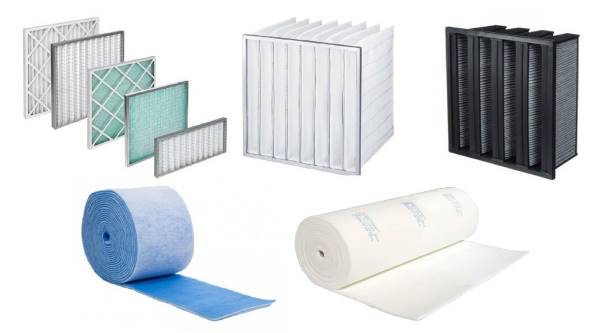
What filtration systems for the air taken in from outside exist?
The air sucked in from outside contains different polluting particles, such as fibers, insects, pollen, dust ... which must be retained by using filters for coarse particles.
To carry out this pre-filtration we have different models of pre-filters:
Prefilters with G2, G3 and G4 efficiency frame
They are filters whose frame or frame is made of galvanized steel (renewable version) or cardboard (disposable version). The inside of the frame contains a filter media that can be smooth or folded in a zigzag, in order to have a greater filtration surface. To improve their consistency during the passage of the airflow, they usually have a metal grill on both sides.
G3, G4 and M5 efficiency bag filters
Bag filters are more resistant filters and have a large surface area for dust filtration. For this reason, they have a long useful life and have a low-pressure drop during use. Air filtration is carried out from the inside to the outside of the bag. For proper use and that the bags are always kept in a vertical position, it is recommended to place them perpendicular to the ground.
G2, G3 and G4 efficiency filter media panels
These are rolls or spools of polyester fiber that have been subsequently cut into custom panels. These panels retain coarse particles from the air at the entrance to the cabin. The filter media is made up of several layers with progressive mesh density.
It is important that when cutting the panels they fit tightly into the frame or hollow of the cabin, to avoid possible contamination due to a bad fit in their placement.
Ceiling filters or indoor wall filters with M5 efficiency filter media
In these filters, the filter media is composed of a mixture of synthetic fibers with a multilayer structure and progressive density, which allows the capture of medium-sized dust particles.
They have a mesh impregnated with a special adhesive on the side of the air outlet that ensures greater retention of particles.
The quality of these filters also influences the level of diffusion and distribution of the air inside the cabin.
They are supplied in rolls or panels cut to size, the latter being the best option by avoiding possible contamination and faulty cuts of the filter mat during handling.
High-security filters in filtration with efficiency M6, F7, F8 and F9
They are compact filters with rigid bags, with a plastic frame, and whose filter element is a fiberglass paper that repels humidity. They offer excellent performances at high airflows and a high capacity for holding fine dust particles.
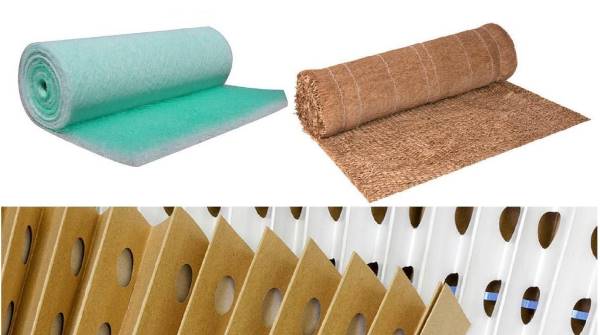
What filtration systems can we count on to collect the spray and clean the circulating air?
Inside the booth, when spraying paint, it is very important to have a constant airflow, which can be diminished by the obstruction and pressure drop of the inlet air filters. When it comes to collecting the excess of sprayed paint, we have different air filtration systems with paint in suspension.
Paint-Stop Filters
These filters are made up of several layers of glass fiber with a progressive density and joined together by a resin. The green fibers are the densest, so we must place the filter with this side towards the air outlet side. We must handle these filters with the appropriate protection elements since their fibers can irritate the skin and respiratory tract.
Multilayer paper filters
They are filters formed by successive layers of die-cut paper for multistage capture, where the size of the die decreases in the subsequent layer. These filters have a great capacity to retain suspended solids.
They are very effective and versatile. They are used in both booths and painting robots and prevent the extractor blades and extraction ducts from clogging.
Different models are depending on the number of layers that make it up.
Multilayer paper filters are widely used as they ensure high-quality filtration and protect the environment.
Cardboard filters.
The cardboard filters are very versatile and allow to retain the particles from the spraying of paints, resins, glues, oils, fiberglass ...
They are made up of two layers of perforated cardboard, folded in the shape of an accordion and glued together.
The separation of the pulverized particles from the air is carried out by the principle of inertia. The airflow is forced to change direction successively, which causes solid particles to be deposited in the inner recesses of the holes and clean air to escape through the holes at the back.
They are filters with a high load capacity in which the airflow remains constant. They are available with white cardboard and with brown cardboard. The white color brings greater luminosity to the interior of the cabin, and is more resistant to humidity due to the white Kraft paper film on the visible side.
A very important factor to take into account during placement is the degree of opening of the accordion folds. It is recommended to extend the filter 15 cm every 4 folds. To facilitate the optimum degree of opening, some models have a tape that limits the extension of the accordion.
To achieve higher quality filtration, the aforementioned filters are also available with fine synthetic media on the air outlet side, thus increasing the degree of protection towards the environment.
At Abracom we are aware of the importance of filtration systems to successfully complete the sanding and finishing work of varnished parts. That is why we supply our customers with a full range of quality paint and air filters. Essential elements to achieve the perfection and beauty of previously treated surfaces.





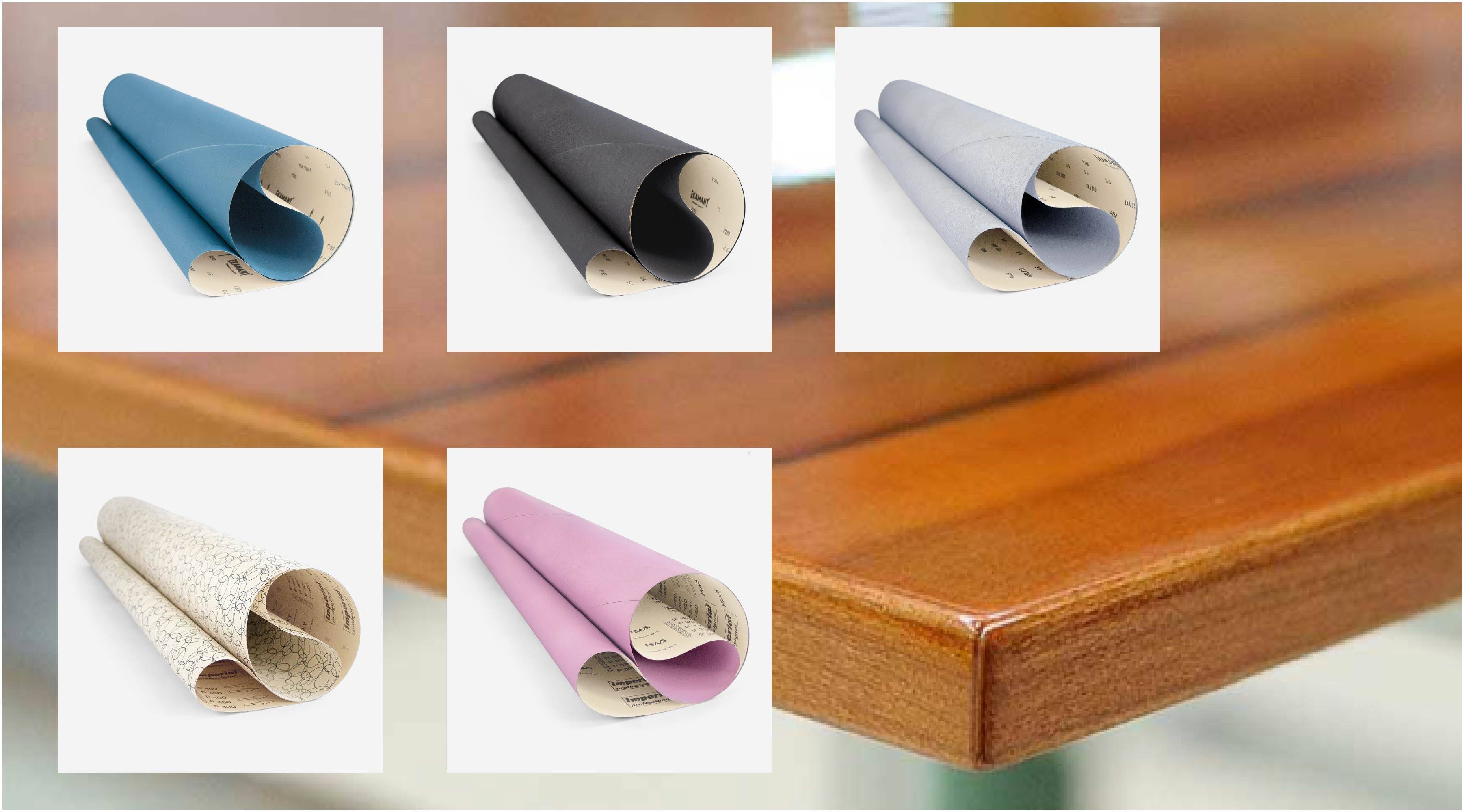
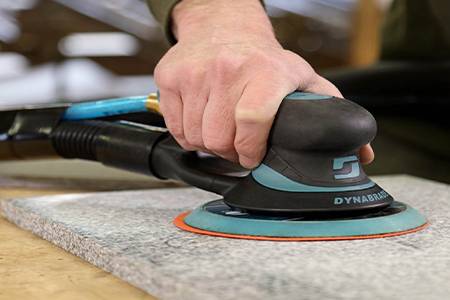
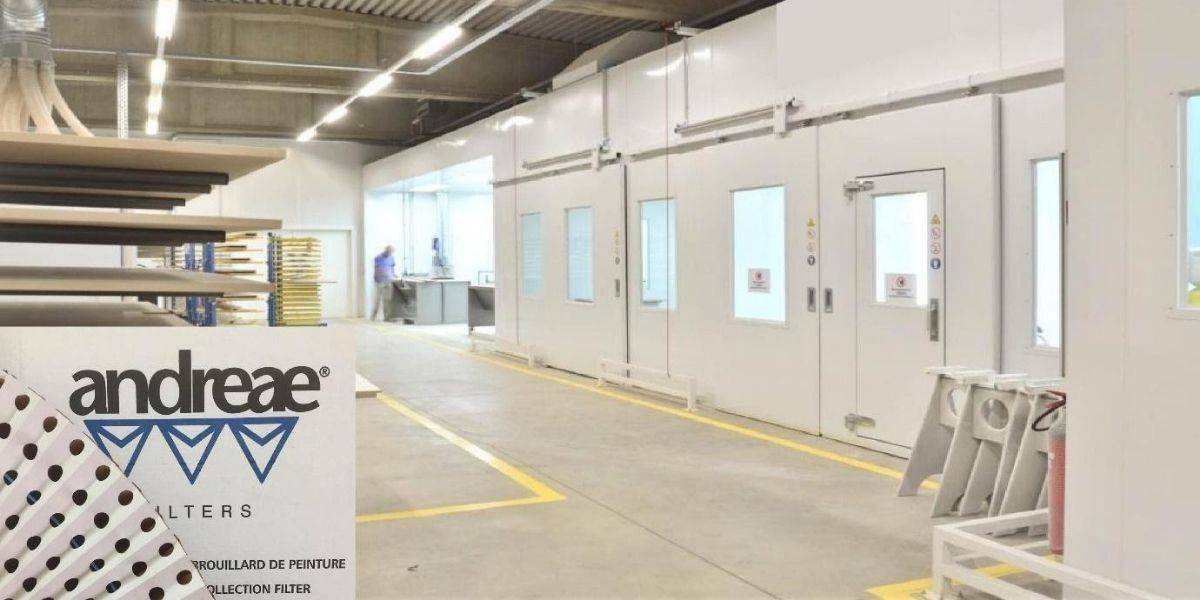
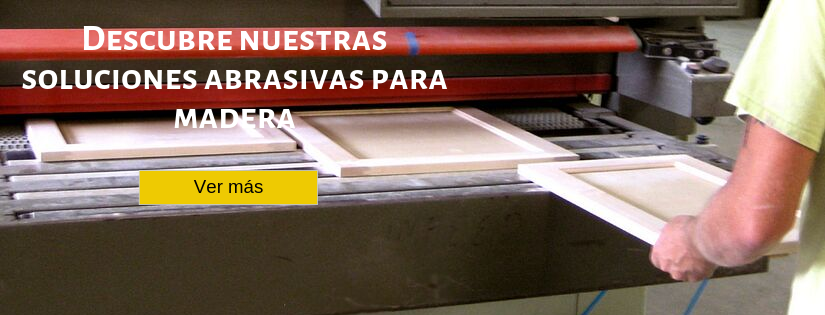
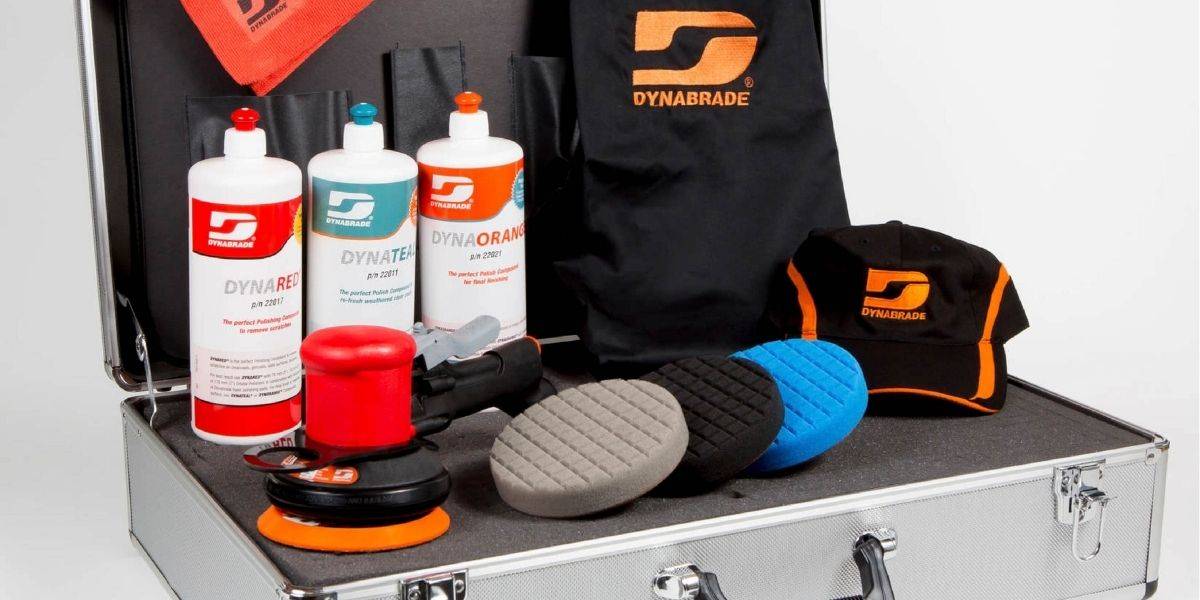
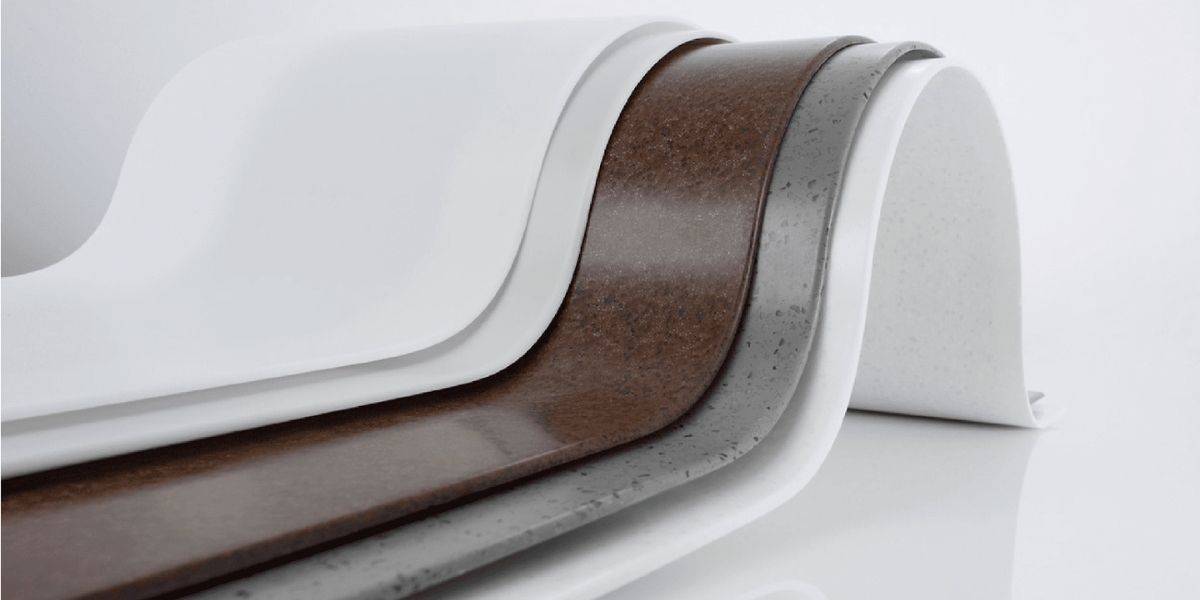
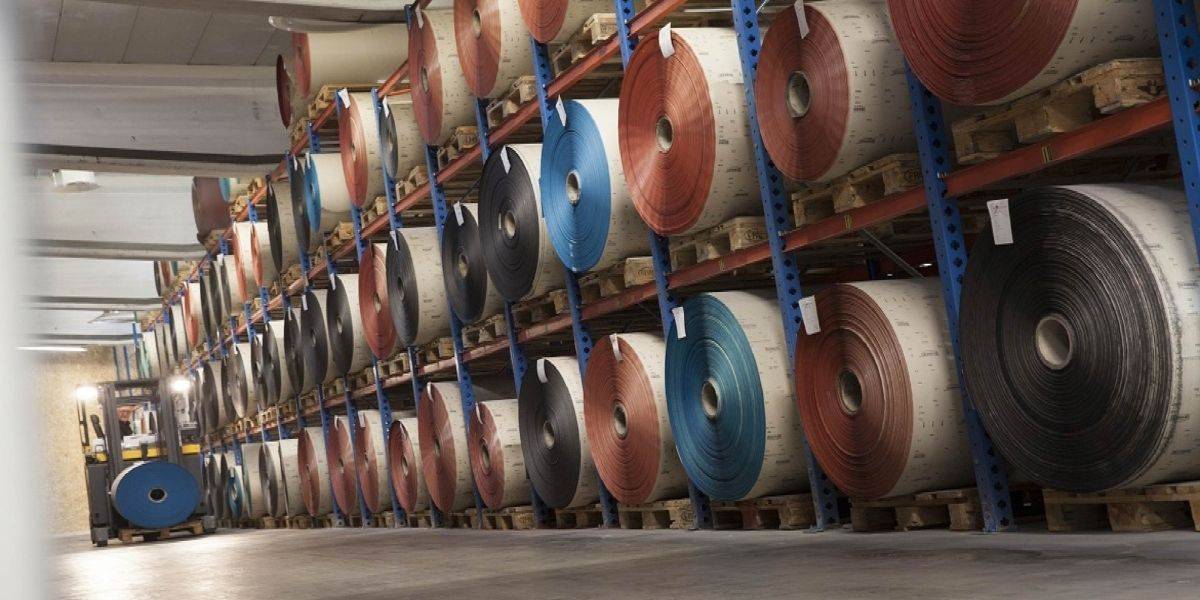
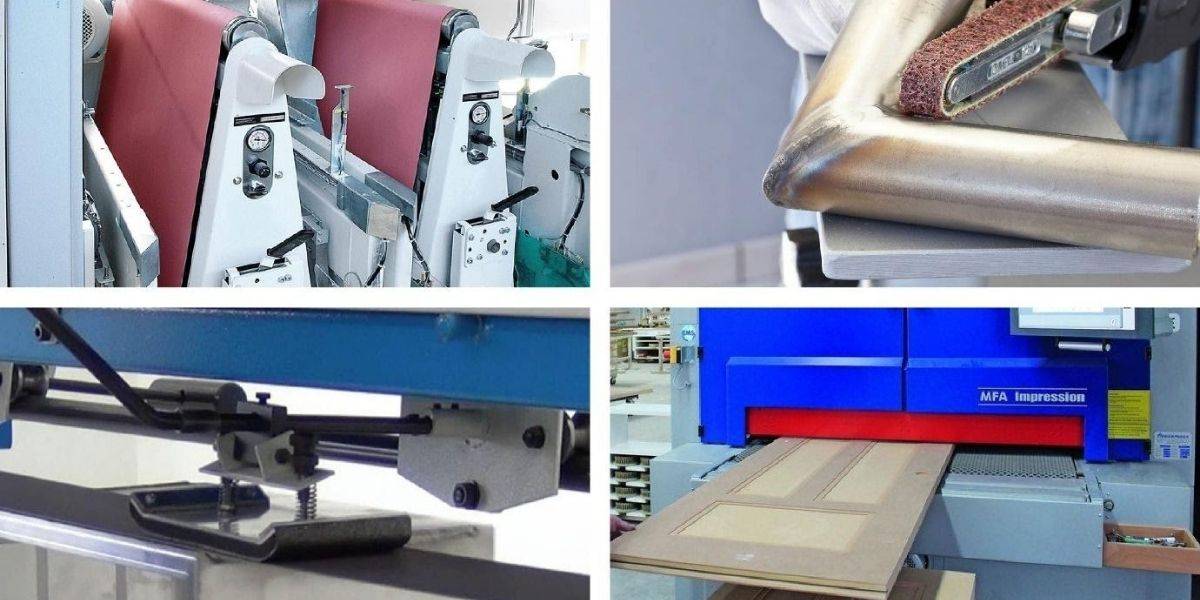
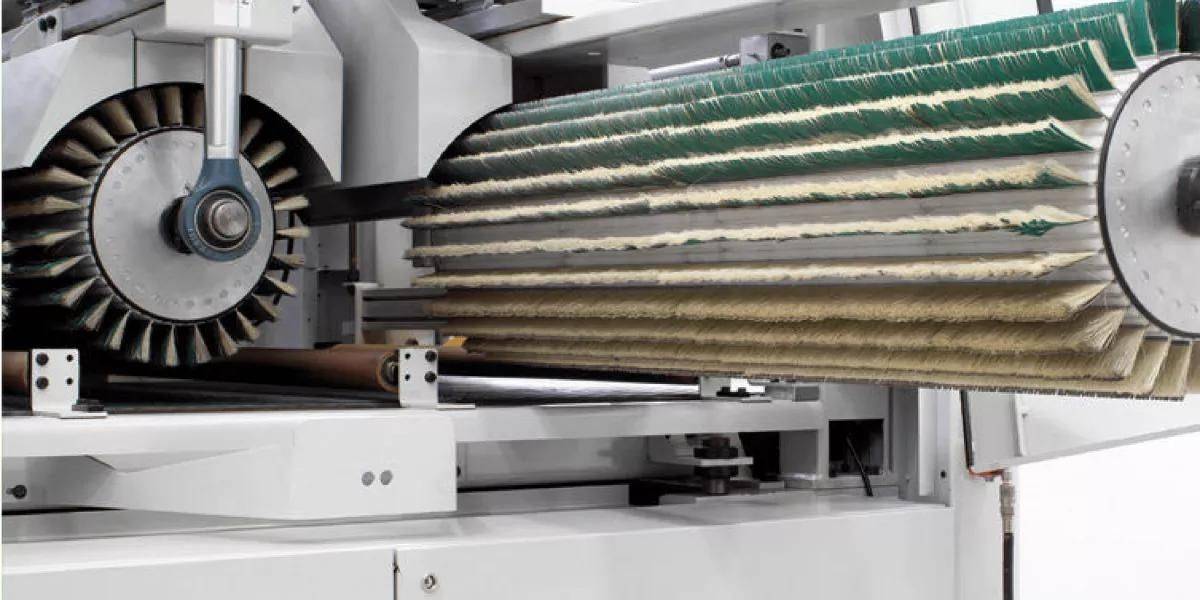
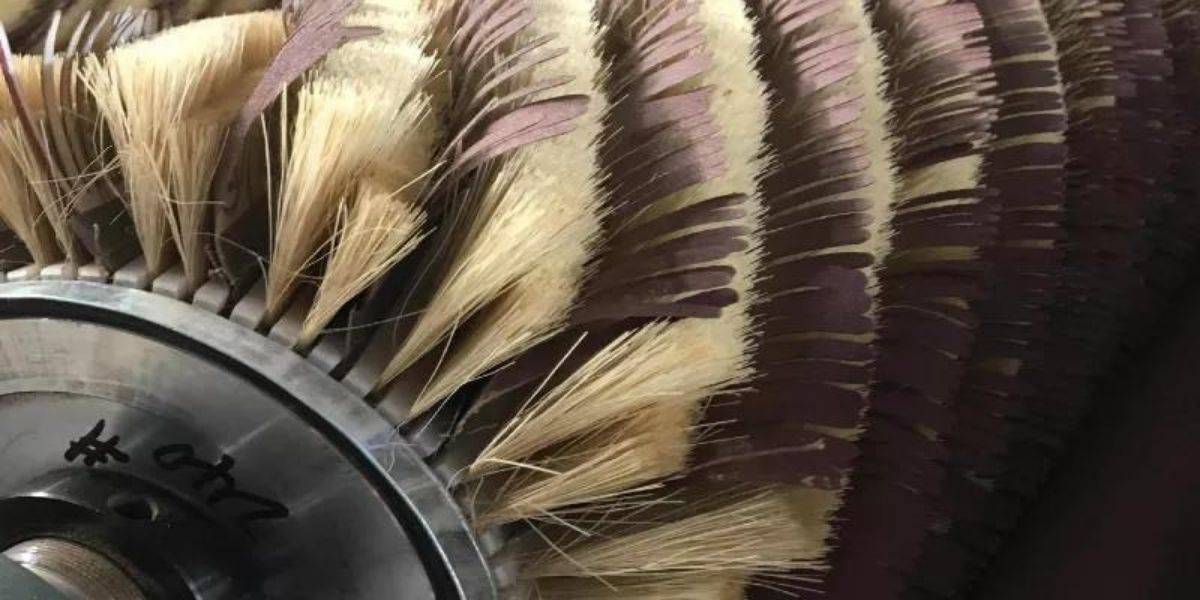
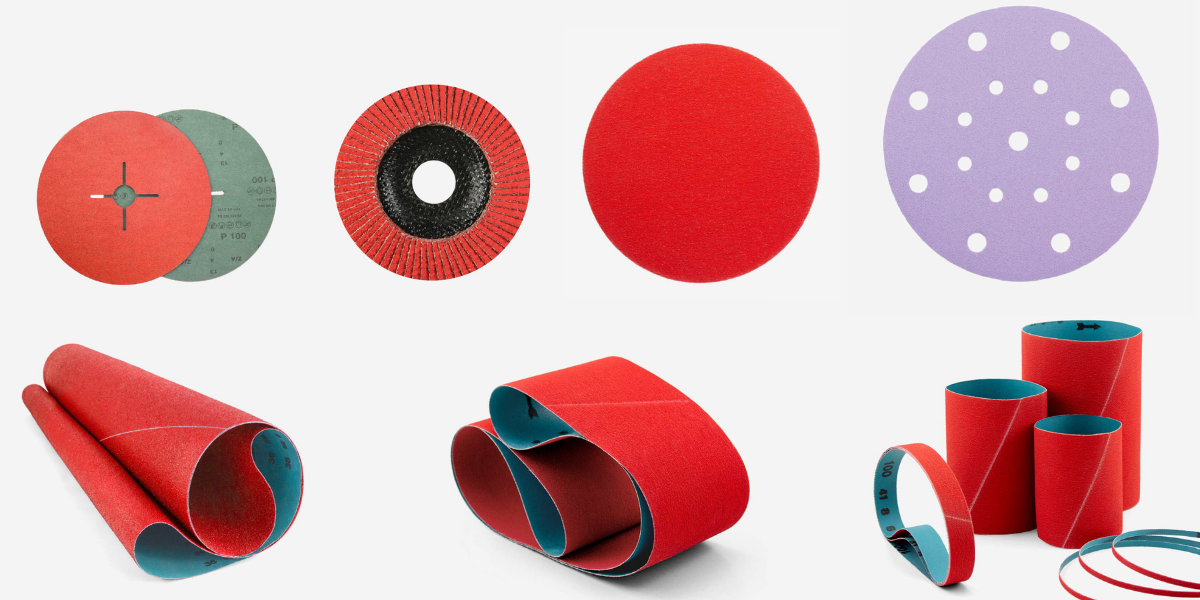
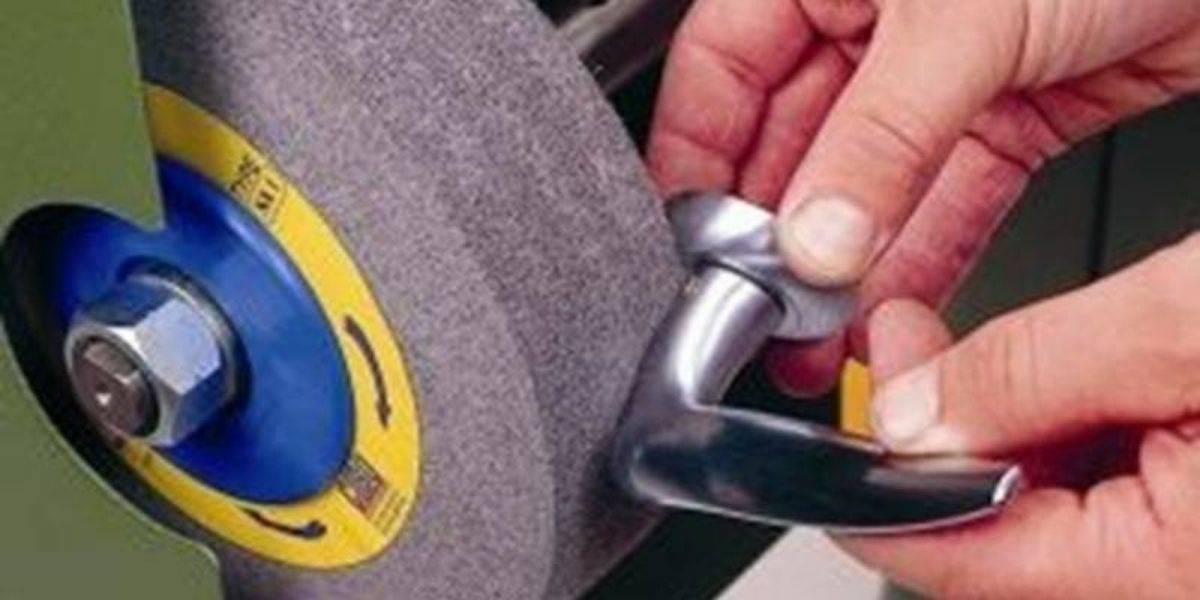
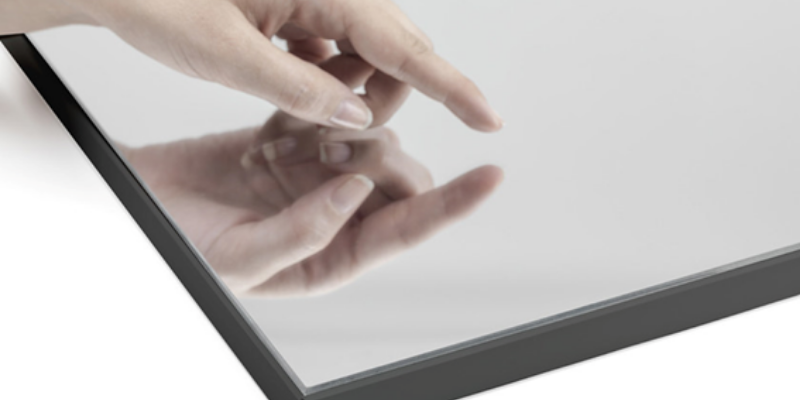
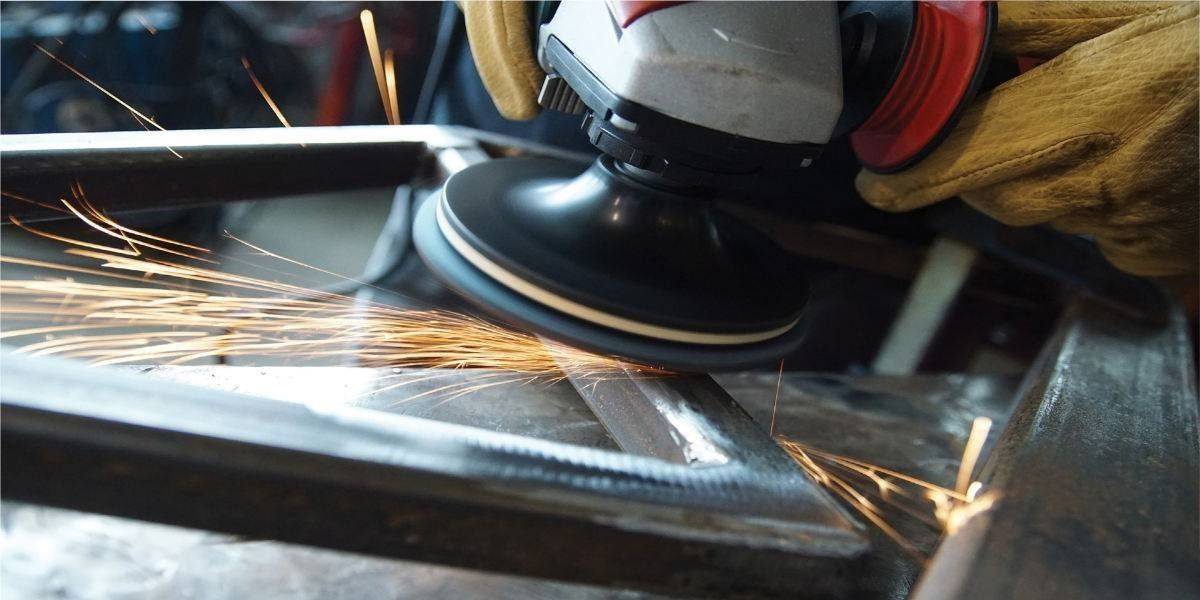
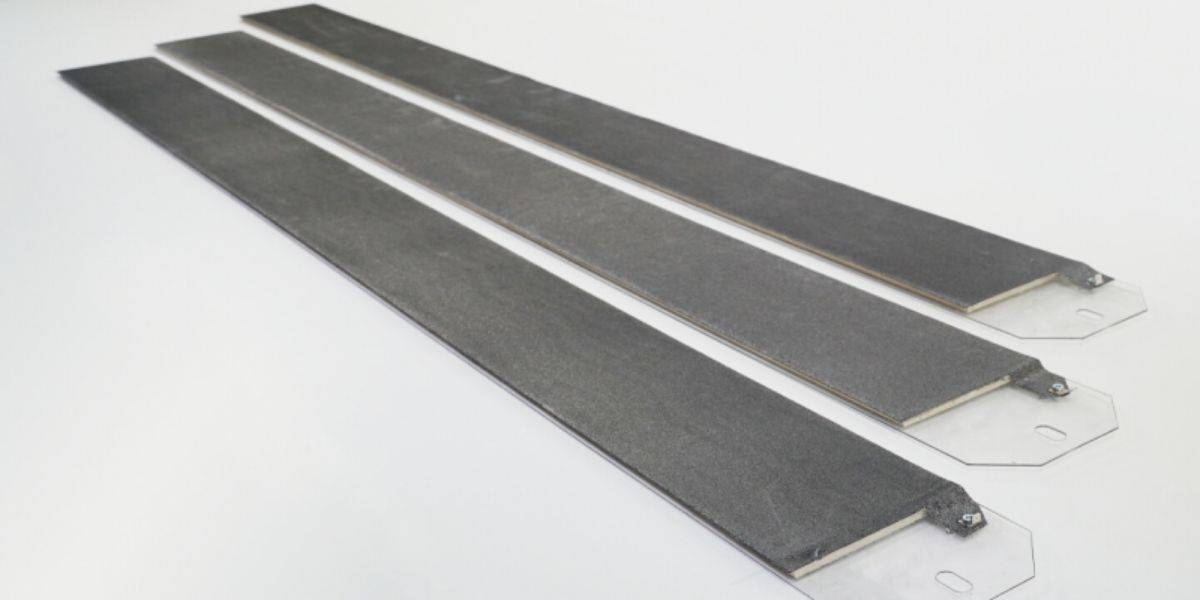
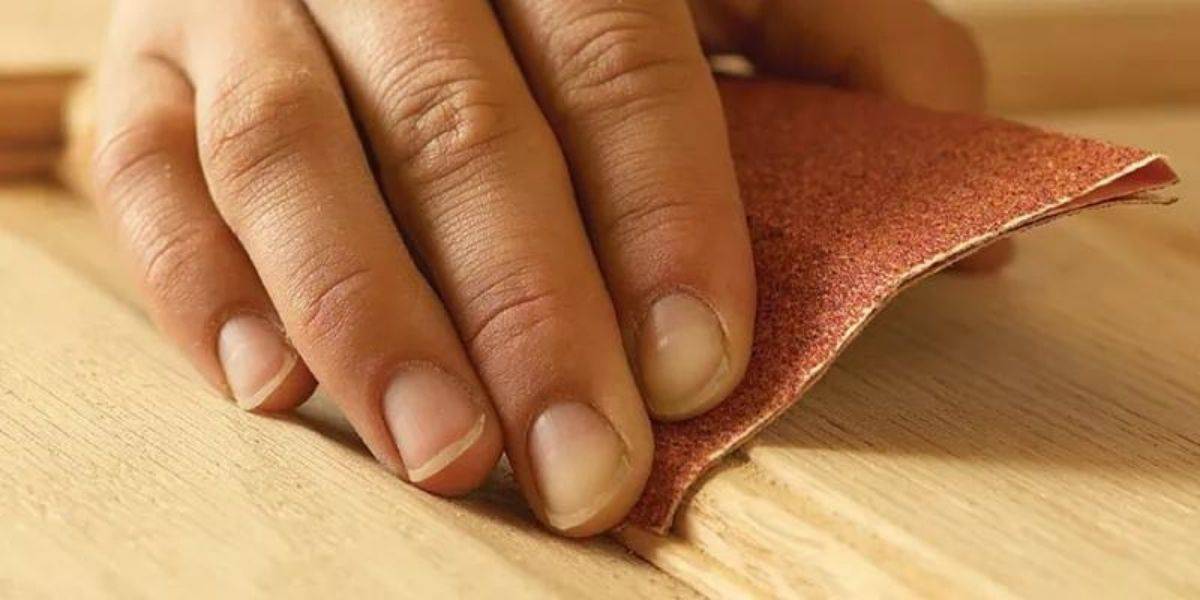
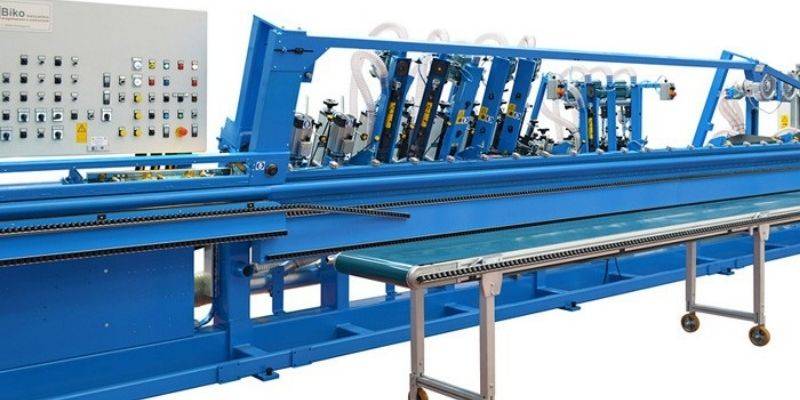
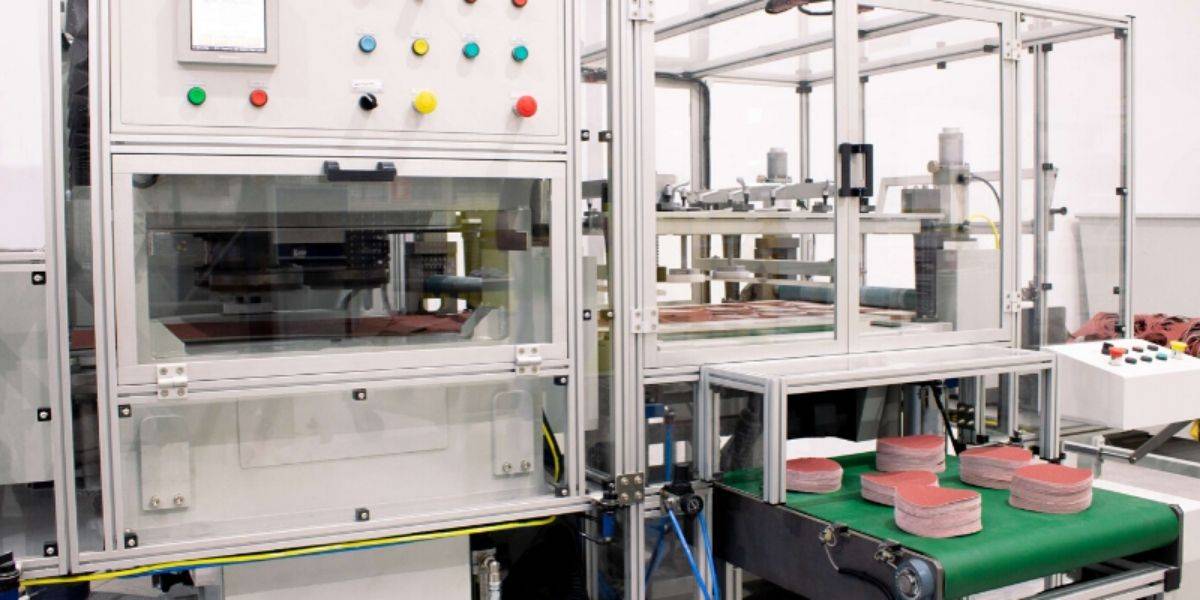

 (1).png)
 (1).png)
.png)
.png)
.png)
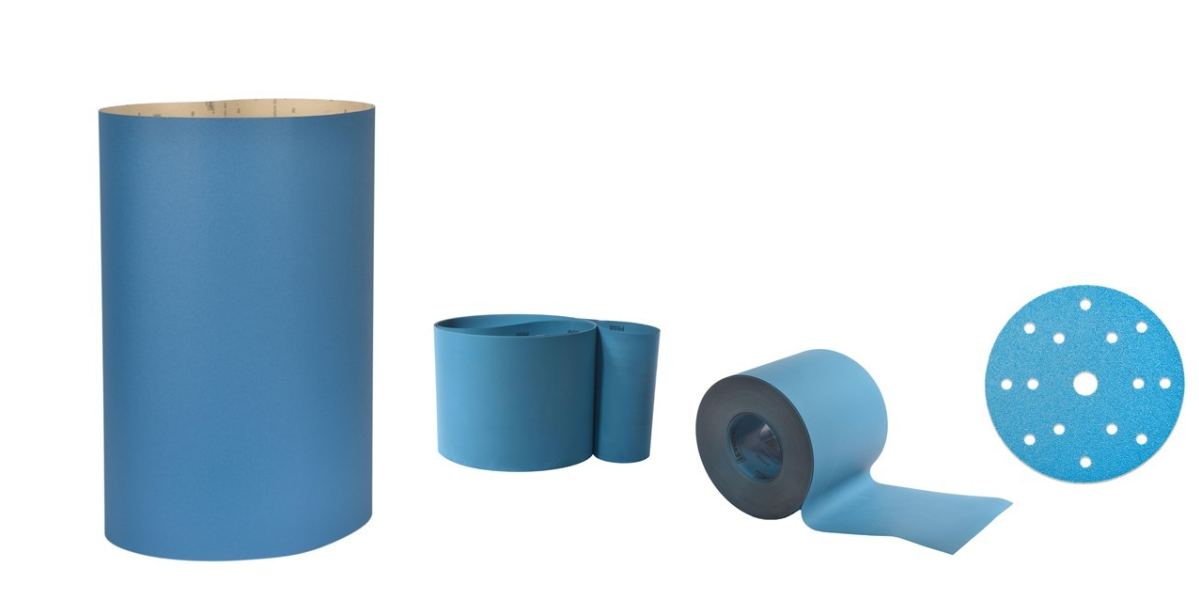
.png)
.png)
.png)
.png)
.png)
.png)
.png)
.png)
.png)
.png)
.png)
.png)
.png)


